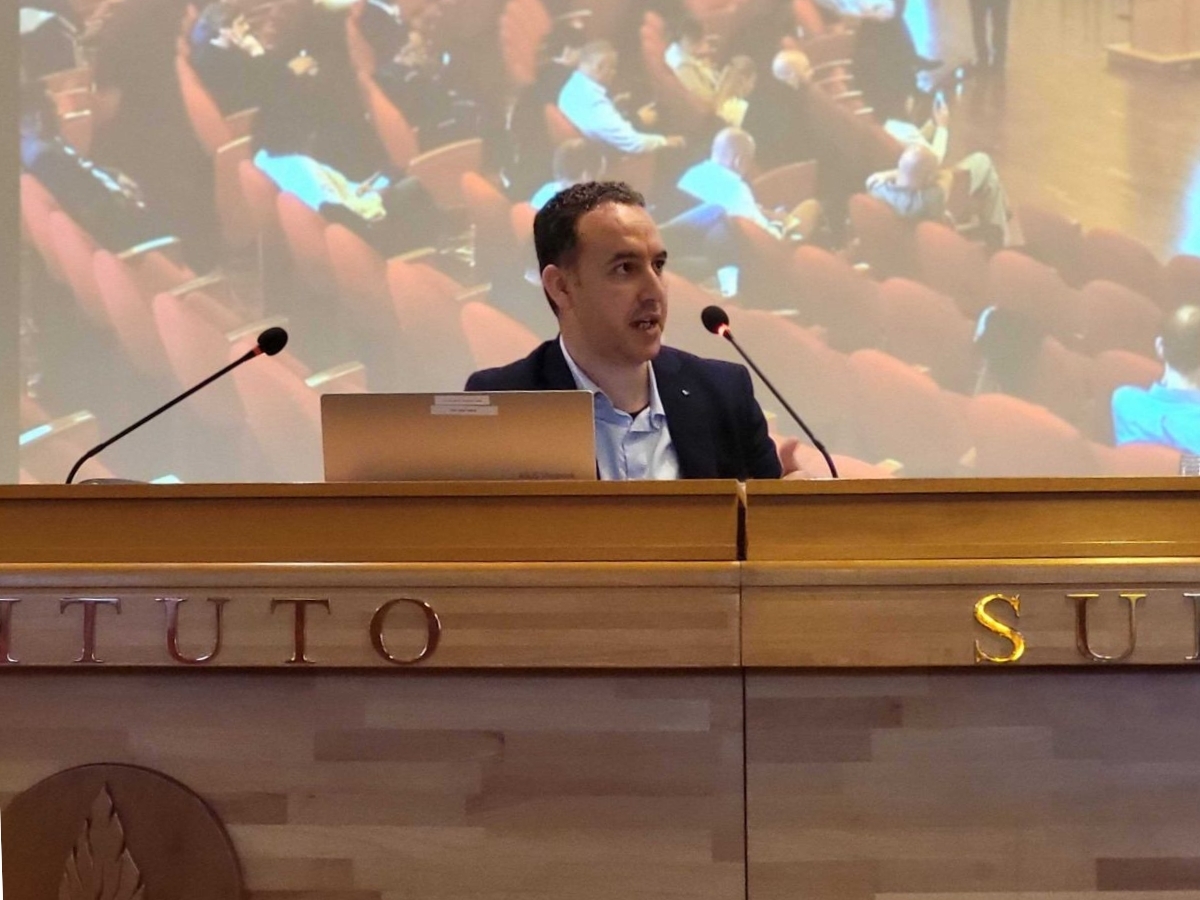National security is a paramount concern for all states. However, the approaches adopted vary significantly, ranging from intrusive methods that threaten individual liberties to more balanced strategies aimed at protecting both security and citizens' privacy. In this context, metadata analysis emerges as a promising solution, offering a balance between effectiveness and respect for fundamental rights.
The challenge of modern national security
Security agencies worldwide face escalating challenges: geopolitical threats, sophisticated crime, cyberattacks, and budget constraints. These pressures lead some states to adopt massive and intrusive surveillance measures, often at the expense of individual freedoms. Others, however, seek more nuanced approaches that respect legal frameworks and citizens' rights.
Metadata analysis: a balanced approach

In light of these challenges, metadata analysis presents an innovative and promising solution. This approach focuses on studying information related to communication attributes rather than their content (cf. Article: What is telecom metadata?)
As Rémi Récio, General Delegate of CNCIS, explains:
"For about fifteen years, there's been a movement towards focusing more on the container than the content. Terrorists aren't going to openly discuss planting a bomb in a conversation. However, reconstructing networks through technical data is far more operationally useful than what people actually say."[1]
By quickly processing large amounts of information to identify potential threats and targeting individuals with suspicious patterns, this approach enables security agencies to concentrate their efforts and resources more effectively. And, since it utilizes anonymized data, metadata analysis is less intrusive than content interception and falls within a more flexible legal framework. In short, it allows for a balance between operational efficiency and the protection of individual liberties.
Practical applications and future perspectives
The use of metadata analysis offers numerous opportunities to enhance national security while preserving individual freedoms. Here are a few examples:
- Missing persons: Even if the phone is switched off, investigators can leverage metadata to instantly access last known location and location history, display devices with similar trajectories, and monitor live movements.
- Crime investigations: By identifying targets with suspicious communication patterns, revealing connections, and displaying location even a posteriori, law enforcement can leverage these exclusive insights to fast-track their investigations.
- Counterterrorism: Without intercepting the content of conversations of targets on a watchlist, intelligence services can analyze network activity and mobility patterns to monitor potential terrorist cells, and trigger alerts when they enter highly sensitive or crowded sites - ambassies, airports, stadiums… - for immediate police dispatch.
- Financial investigations: Metadata can also reveal suspicious patterns of bank transactions, allowing for quicker detection to sophisticated financial fraud schemes.
However, implementing these technologies is not without challenges. To be truly efficient while strictly remaining within the legal framework, it is crucial to:
- Orchestrate telecom network metadata at a national level, led by the country’s telecom regulatory authority.
- Establish robust oversight mechanisms to prevent abuse.
- Adequately train security agency personnel in the ethical use of these tools.
- Maintain open dialogue with civil society to ensure transparency and public trust.
In conclusion, metadata analysis offers a promising pathway for optimizing national security policies. By adopting this approach, states can enhance their ability to protect citizens while upholding individual freedoms. The future of national security lies in this delicate balance between technological innovation and respect for fundamental rights.
[1] Slate article
.png) Optimizing national security policies with metadata analysis" />
Optimizing national security policies with metadata analysis" />


.jpg)









.webp)


.webp)




















